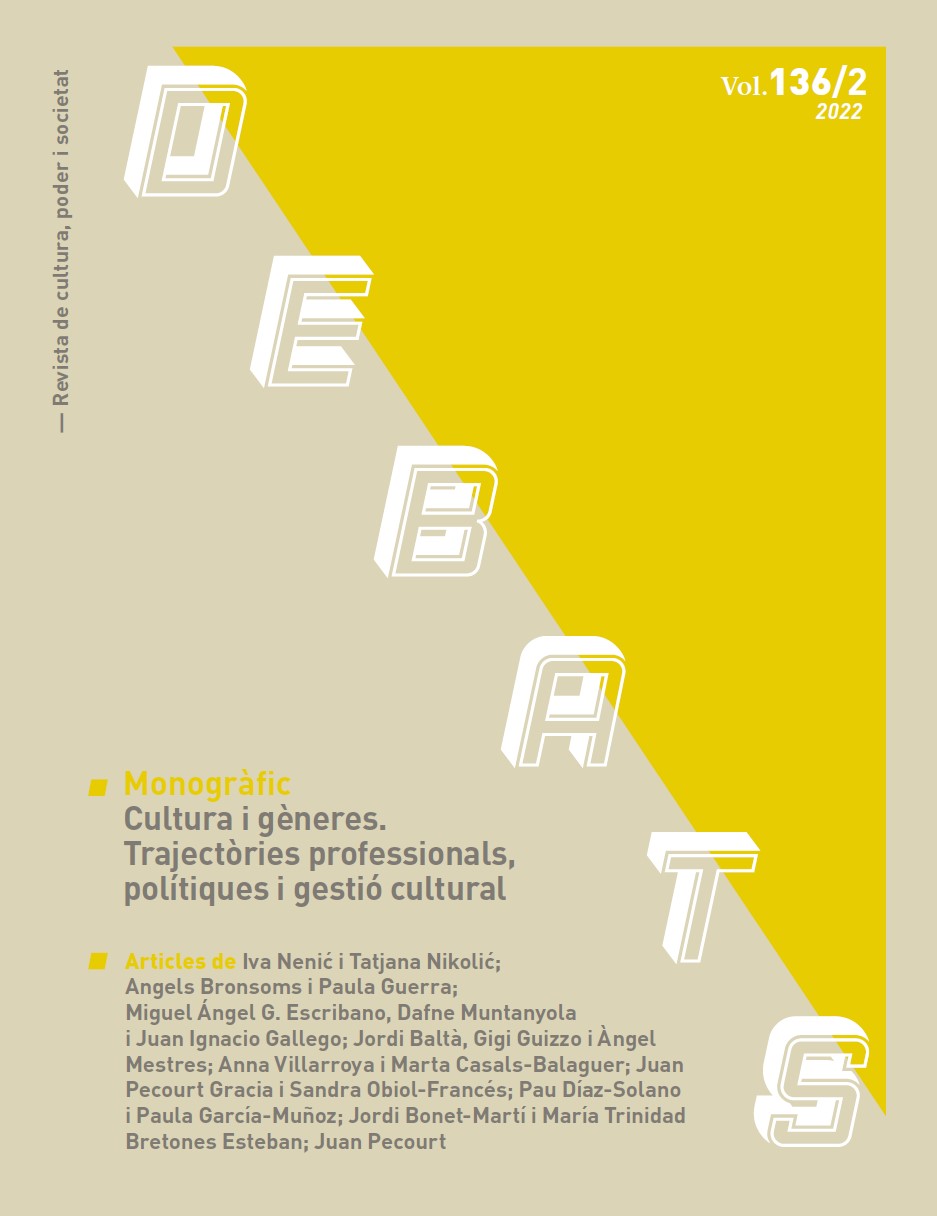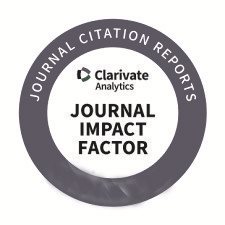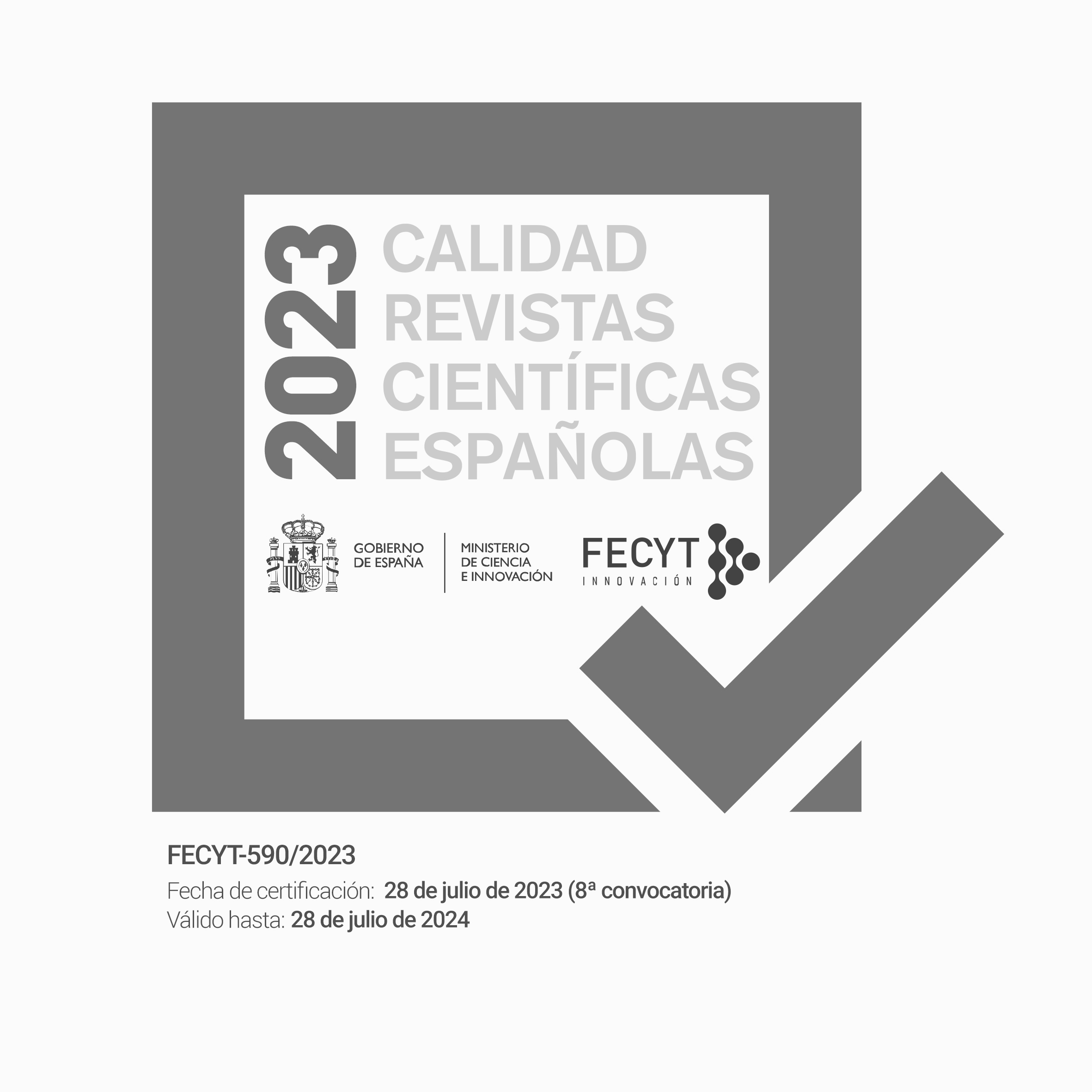Gender inequalities in the music industry in Spain. A mixed methodology study.
Un estudio de metodología mixta.
DOI:
https://doi.org/10.28939/iam.debats-136-2.3Keywords:
epistemic injustice, gender inequality, music industry, Mixed methodologiesAbstract
In today’s music industry, many female workers live experiences of injustice and inequality that, perceived or not, are caused by and simultaneously affect the system of production relations and daily life. Such experiences are already evident from the state of ignorance that comes with the lack of databases and records of economic activities separated by gender in this industry. This paper attempts to answer a specific question: how can we investigate the possible experiences of gender injustices and inequalities
when there are no official records to shed light on the basic structures that order the production relationships that affect daily life?
This question is even more important when there is now ample evidence of the historical inequality of women compared to men
in the labour market. Therefore, the mixed methodology used in this work responds to the injustice and epistemic ignorance that
underlies the present structure of labour relations and the reconciliation of family life, allowing an exploratory and descriptive
analysis of their situation from this initial premise. The aim of this article was to present and justify the procedures required to
implement a mixed qualitative and quantitative methodology as a tool required to address research on the situation of female
workers in the music industry in Spain.
Downloads
References
Agoff, C., i Herrera, C. (2019). Entrevistas narrativas y grupos de discusión en el estudio de la violencia de pareja.
Estudios Sociológicos de El Colegio de México, 37(110). Recuperat de https://doi.org/10.24201/es.2019v37n110.1636
Aldana, B. U., i Quintero, M. A. (2008). Un estudio comparativo de tres métodos de muestreo para poblaciones ocultas
o de difícil acceso. Pensamiento Psicológico, 4(10).
Alicante, F. de. (2002). Elementos para una educación no sexista: Guía didáctica de la coeducación. Alacant: Biblioteca Virtual
Miguel de Cervantes. Recuperat de http://www.cervantesvirtual.com/nd/ark:/59851/bmcqf8q5
Baltar, F., i Gorjup, M. T. (2012). Muestreo mixto online: Una aplicación en poblaciones ocultas. Intangible Capital,
(1), 123-149.
Barberá, T., Dema, C. M., Estellés, S., i Devece, C. (2011). Las (des)igualdad entre hombres y mujeres en el mercado laboral:
La segregación vertical y horizontal, 986-995.
Bezunartea-Valencia, O., Caro-González, F. J., i García Gordillo, M. del M. (2014). La metodología mixta de investigación
aplicada a la perspectiva de género en la prensa escrita. Palabra Clave, 17(3), 828-853. Recuperat de https://doi.
org/10.5294/pacla.2014.17.3.11
Bourdieu, P., Chamboredon, J.-C., i Passeron, J. C. (2002). El oficio de sociólogo: Presupuestos epistemológicos. Siglo
Veintiuno Editores Argentina.
Castoriadis, C. (2007). La institución imaginaria de la sociedad. Buenos Aires: Tusquets Editores.
Castro, J. M. C., i Yáñez, S. E. Y. (2012). Nuevas formas de muestreo para minorías y poblaciones ocultas: Muestras por
encuestado conducido en una población de inmigrantes sudamericanos. Universitas Psychologica, 11(2), 571-578.
Clark Blickenstaff, J. (2005). Women and science careers: Leaky pipeline or gender filter? Gender and education, 17(4),
-386.
Cotter, D. A., Hermsen, J. M., Ovadia, S., i Vanneman, R. (2001). The glass ceiling effect. Social forces, 80(2), 655-681.
Creswell, J. W., i Plano Clark, V. L. (2007). Designing and conducting mixed methods research. Thousand Oaks: Sage
Publications.
Dueñas Fernández, D., Iglesias Fernández, C., i Llorente Heras, R. (2014). Descomposición del GAP salarial por género
en el mercado de trabajo español. En V Congreso Universitario Internacional Investigación y Género, (p. 703-722).
Sevilla: SIEMUS (Seminario Interdisciplinar de Estudios de las Mujeres de la Universidad de Sevilla). Recuperat de
https://idus.us.es/handle/11441/40954
Faniko, K., Ellemers, N., Derks, B., i Lorenzi-Cioldi, F. (2017). Nothing changes, really: Why women who break through
the glass ceiling end up reinforcing it. Personality and Social Psychology Bulletin, 43(5), 638-651.
Fraser, N. (1990). Rethinking the Public Sphere: A Contribution to the Critique of Actually Existing Democracy. Social
Text, 25/26, 56-80. Recuperat de https://doi.org/10.2307/466240
Fricker, M. (2007). Epistemic Injustice: Power and the Ethics of Knowing. Oxford University Press.
Gómez Escarda, M., Hormigos Ruiz, J., i Pérez Redondo, R. J. (2016). Familia y suelo pegajoso en las fuerzas armadas
españolas. Revista mexicana de sociología, 78(2), 203-228.
Gonem, F. R. (2012). Estudios feministas y medios de comunicación: Avances teóricos y periodísticos en España y
Argentina. F@ro: revista teórica del Departamento de Ciencias de la Comunicación, 1(16), 14-27.
Greene, J. C. (2008). Is Mixed Methods Social Inquiry a Distinctive Methodology? Journal of Mixed Methods Research,
(1), 7-22. Recuperat de https://doi.org/10.1177/1558689807309969
Greene, J. C., Caracelli, V. J., i Graham, W. F. (1989). Toward a conceptual framework for mixed-method evaluation
designs. Educational evaluation and policy analysis, 11(3), 255-274.
Ibáñez, M. (2017). Mujeres en mundos de hombres: La segregación ocupacional a través del estudio de casos (Vol. 303).
Madrid: CIS-Centre d’Investigacions Sociològiques.
Jiménez, R. G.-P., i Fernández, C. J. (2016). La brecha de género en la educación tecnológica. Ensaio: Avaliação e Políticas
Públicas em Educação, 24, 743-771.
Johnson, R. B., Meeker, K. M., Loomis, E. J., i Onwuegbuzie, A. J. (2004). Development of the philosophical and
methodological beliefs inventory. En Annual meeting of the American Educational Research Association. San Diego, CA.
Johnson, R. B., i Onwuegbuzie, A. J. (2004). Mixed methods research: A research paradigm whose time has come.
Educational researcher, 33(7), 14-26.
Medina, J. (2013). The Epistemology of Resistance: Gender and Racial Oppression, Epistemic Injustice, and the Social
Imagination. Oxford University Press.
Mendizábal, N. (2018). La osadía en la investigación: El uso de los métodos mixtos en las ciencias sociales. Espacio
abierto, 27(2), 5-20.
Morse, J. M. (2003). Principles of mixed and multi-method research design. En Abbas Tashakkori, A., i Teddlie, C. (ed.).
Handbook of mixed methods in social & behavioral research. Thousand Oaks, CA: Sage.
Otero, L. M. R. (2018). Bullying homofóbico en México a nivel de secundaria: El contexto de Nuevo León. Revista de
psicología (Lima, Perú), 36(2), 631-659.
Pintos, J. L. (1995). Los imaginarios sociales: La nueva construcción de la realidad social. Maliaño: Editorial Sal Terrae.
Pole, K. (2009). Mixed methods designs. A review of strategies for blending quantitative and qualitative methodologies.
Renglones, 60, 37-42. https://rei.iteso.mx/bitstream/handle/11117/252/katrhryn_pole.pdf?sequence=2&isAllowed=y
Rodríguez, G. S. (2008). Violencia machista y medios de comunicación. El tratamiento informativo de los delitos
relacionados con el maltrato a mujeres. Comunicación y hombre, 4, 3-15.
Sarrió, M., Barberá, E., Ramos, A., i Candela, C. (2002). El techo de cristal en la promoción profesional de las mujeres.
Revista de psicología social, 17(2), 167-182.
Tashakkori, A., i Teddlie, C. (ed.). (2003). Handbook of mixed methods in social & behavioral research. Thousand Oaks,
CA: Sage.
Taylor, C. (2006). Imaginarios sociales modernos. Barcelona: Paidós Ibérica.
Ureta, A. (2005). La Red al servicio de las mujeres. Aproximación a la relación mujer y medios de comunicación en
Internet. Estudios sobre el mensaje periodístico, 11, 375-392.
Vázquez-Cupeiro, S. (2015). Ciencia, estereotipos y género: Una revisión de los marcos explicativos. Convergencia,
(68), 177-202.
Verd, J. M. i Lozares, C. (2016). Introducción a la investigación cualitativa. Madrid: Síntesis.
Weick, K. E. (2007). The Generative Properties of Richness. Academy of Management Journal, 50(1), 14-19. Recuperat
de https://doi.org/10.5465/amj.2007.24160637
Yap, M., i Konrad, A. M. (2009). Gender and racial differentials in promotions: Is there a sticky floor, a mid-level
bottleneck, or a glass ceiling? Relations Industrielles/Industrial Relations, 64(4), 593-619.
Yin, R. K. (1984). Case study research: Design and methods. Thousand Oaks, CA: Sage.
Young, I. M. (1990). La justicia y la política de la diferencia. València: Cátedra, Institut de la Dona, Universitat de València.
Downloads
Published
How to Cite
Issue
Section
License
Without prejudice to the provisions of article 52 of Spanish Law 22/1987 of November 11 on Intellectual Property, BOE (official state bulletin) of November 17, 1987, and pursuant to said legislation, the author(s) surrender(s) free of charge its rights of edition, publication, distribution and sale of the article, for its publication in Debats. Journal on Culture, Power and Society.
Debats. Journal on Culture, Power and Society is published under the Creative Commons license system in accordance with the «Recognition - Non-Commercial (by-nc) modality: The generation of derivative works is permitted provided that commercial use is not made. Nor can the original work be used for commercial purposes».
Thus, when the author submits his/her contribution, he/she explicitly accepts this assignment of publishing and publishing rights. Authors also authorize Debats. Journal on Culture, Power and Society to include their work in an issue of the journal to be distributed and sold.











